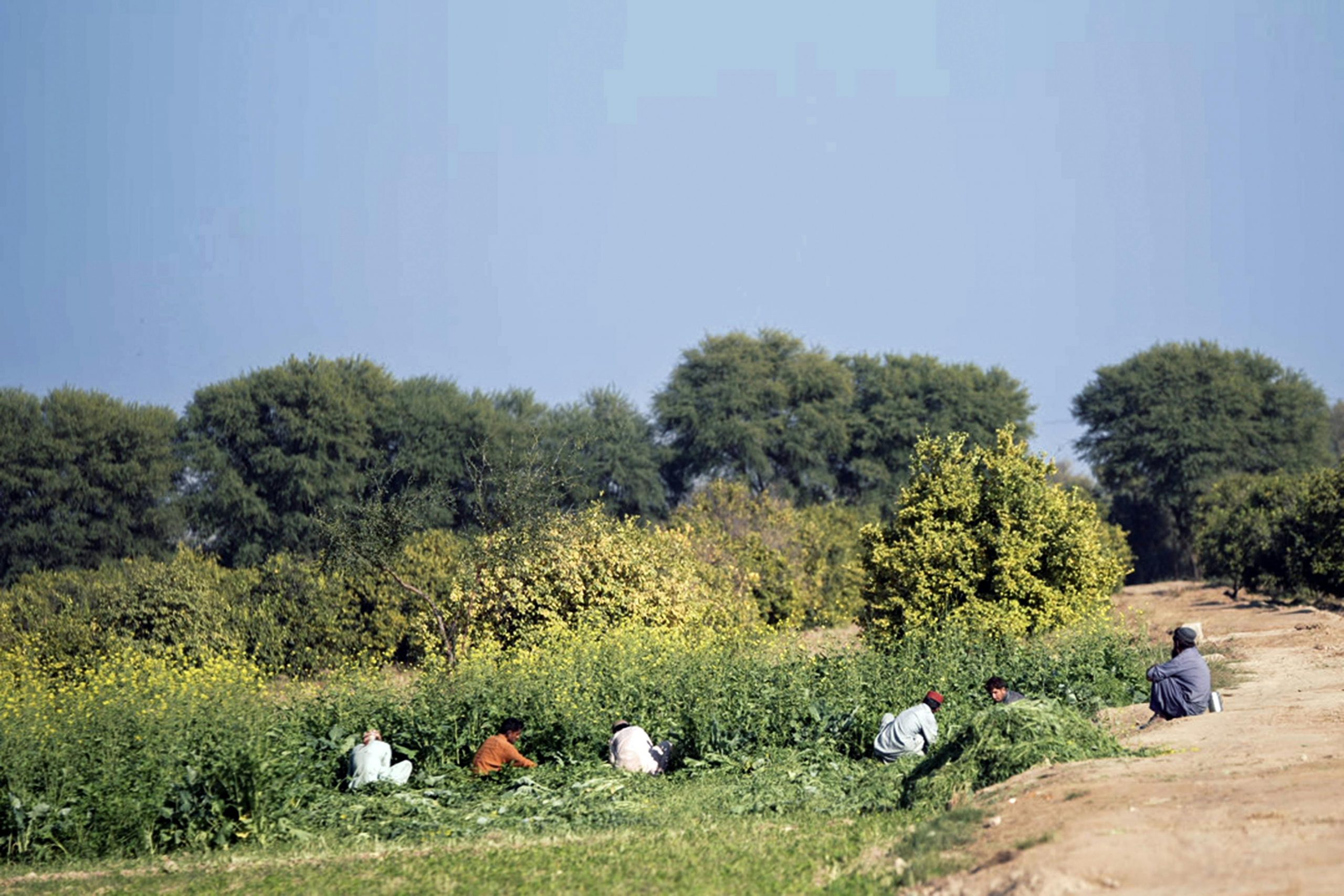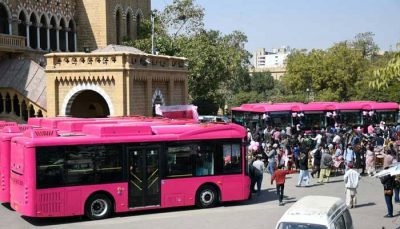COVID-19 has left a deep gash on the already faltering education system of Pakistan. COVID-related lockdowns affected large chunks of the school-going population, leaving almost 50 million children in Pakistan and 12 million children in the province of Punjab out of school (Zakaria 2020). By the third school reopenings (September–October 2021), 21% of adolescent boys and 8% of adolescent girls in Punjab had dropped out of school (Geven et al., 2021). Those that remain within the education system have incurred major learning losses. As the economy opens up, it is important to think about the ways in which COVID has impacted education, and how the losses incurred can be overcome.

Why have so many children dropped out of school?
The increase in dropouts can be attributed to a number of factors. First, the pandemic has left families financially vulnerable, due to which many children were forced out of school. Many students, particularly boys, also had to enter the labour force prematurely to make up for income losses, resulting in a higher dropout rate for boys (21%) as compared to girls (8%) in Punjab. Second, lockdowns have increased the gendered burden of work. Girls spent more time doing household chores instead of studying, which can encourage parents to keep their daughters at home even after school reopenings, particularly in a cultural milieu which puts a lower value on girls’ education. Third, many students were not able to continue learning through remote learning programs (TeleSchool and TaleemGhar) due to a lack of access to technology and the absence of conducive learning environments at home. This has made catching up difficult, resulting in many families opting not to send their children back to school (Geven et al., 2022). Finally, many families have also opted to engage their children in religious education, which many consider an alternative to formal schooling in Pakistan.
How effective was Pakistan’s remote learning program?
While there is yet to be a comprehensive study on the extent of learning losses incurred during the pandemic, some recent studies shed light on the gravity of the situation. A 2020 study on the 2005 earthquake and its impact on learning outcomes reports that the closure of schools post-earthquake resulted in 1.5 to 2 years of learning losses, which could result in children earning 15% less in every year of their adult lives (Andrabi et al., 2020). Since COVID-related school closures are more prolonged, there are likely to be greater learning losses, at a larger scale.
In response to the onslaught of COVID-19, federal and provincial governments decided to air curricular content for K-12 (kindergarten to 12th grade) through television, as part of the TeleSchool and Taleem Ghar programs. However, its uptake has been limited due to a number of factors:
- Access to technology is severely limited in Pakistan, especially in remote regions, and within disadvantaged groups. According to the Pakistan Demographic and Health Survey (DHS) 2017, only about 15% of households of the poorest quintile owned a television. Comparatively, within the wealthiest quintile, around 96% owned televisions. Access to the internet and smartphones is even more unequal; only 12% of Pakistani households have access to the internet.
- Even where households have access to technology, devices may have to be shared between family members. Additionally, most houses lack spaces which are conducive to learning which make it difficult to keep students engaged with distractions around.
- Most curricular content is scripted in Urdu, which can make it inaccessible to families fluent only in regional languages.
- Due to COVID-related income shocks, many boys may be prematurely pushed into the labour force, which can limit the amount of time dedicated to learning.
- Girls are expected to do household chores. Since school reopenings in September 2021, girls spent about twice as much time as boys on family care (Geven et al., 2022).
- Societal attitudes towards watching television have also impacted uptake. A recent study noted that television in Pakistan is considered to be a medium to access entertainment, which adds to the hesitation in its use for education. Some fathers also prohibit their daughters from accessing television (Malik et al., 2022).
- Alternatives like private tutoring are costly, and can only be accessed by relatively advantaged groups.
How do we catch up?
In a recent webinar held jointly by the Consortium for Development Policy Research and the World Bank, measures for the recovery of the education sector from COVID-19 were discussed. Some important insights and considerations from the webinar were highlighted. First and foremost, there is a need to make sure schools remain open during future waves of the pandemic, which can ensure that there is no further damage to learning outcomes. Evidence suggests that transmission of COVID can be greatly limited with the use of masks, distancing and ventilation of classrooms. Additionally, the government must draft a comprehensive plan to re-integrate dropouts into the education system. In Kenya, low re-enrollment numbers led the government to appoint an inter-ministerial task force that led community-based household mobilizations. Over 96 percent of learners eventually re-enrolled. Conditional cash transfers have also proved effective in Brazil and Mexico in this regard (UNESCO, UNICEF and World Bank, 2021).
To address learning losses, children must be taught according to their current learning levels, regardless of the grade they are in. Under the current system, teachers are instructed to stick to the curriculum, without adjusting to the individual learning needs of students, which can exacerbate students’ learning ability in the long-run. Furthermore, governments must make an active effort to dedicate time in the academic calendar for remedial learning, either through extending school times or by allocating space in current timetables. In Kenya, the government announced a two-year accelerated “crash program” that adds a fourth term to the usual three-term school year by shortening school holidays (UNESCO, UNICEF and World Bank, 2021). To establish a remedial learning program, the government must provide teachers adequate resources and a structured plan which can help them address learning losses categorically. Underlying all these measures, there should be an effort to initiate dialogue between all stakeholders–parents, students, teachers, school administration, local leaders and members of the wider community to craft a recovery plan that is most suited to the community’s needs. In addition to this, care must be taken to address the needs of students from marginalized communities, who are often doubly burdened.
The education sector continues to pay for the price for uncertainty within the federal government. As the new government takes charge, tackling learning losses and re-integrating drop-outs must assume the highest priority.





